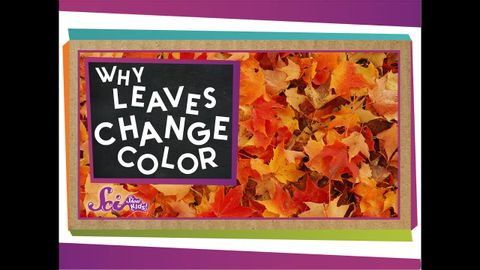【英語で雑学】秋になると「紅葉」する理由とは?
joey joey が 2022 年 09 月 23 日 に投稿  この条件に一致する単語はありません
この条件に一致する単語はありませんUS /ɪˈvɛntʃuəli/
・
UK /ɪˈventʃuəli/
US /ædˈmaɪr/
・
UK /əd'maɪə(r)/
US /ˈwʌndɚ/
・
UK /'wʌndə(r)/
- n. (u.)驚き
- v.i.不思議
- v.t./i.疑問
US /'ekstrə/
・
UK /'ekstrə/
- adj.余分な;特別な;過剰な
- n. (c./u.)余分なもの;(映画の)エキストラ;号外;追加料金
- adv.特別に;非常に
エネルギーを使用
すべての単語を解除
発音・解説・フィルター機能を解除
